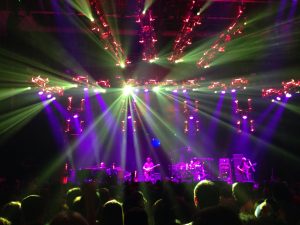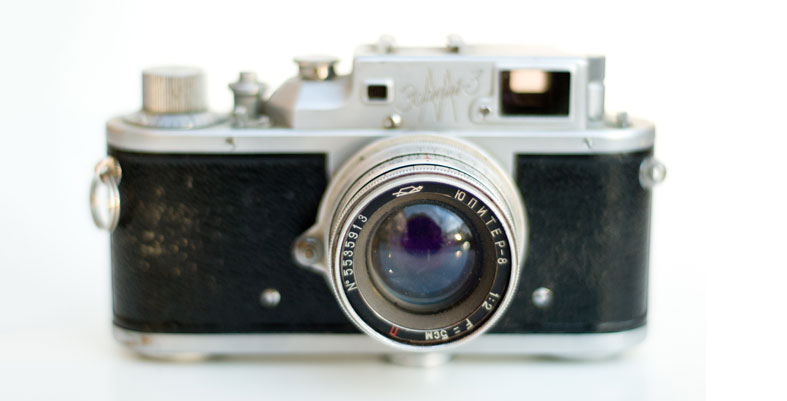A Beginner’s Guide To Concert Photography
Today we have a submission post. Brooks Hill is an amateur concert photographer and freelance writer.
A Beginner’s Guide To Concert Photography
Music plays a large part in many people’s lives. We often link songs to specific times in our lives and the songs we listen to have the power to change the way we feel. No more is this more apparent than at a concert. The energy at shows are palpable, and many of us like having things that remind us of the experience. Go to any show today and you’ll see plenty of people with their phones out taking video and photo’s. However, the videos are over-saturated and the images are grainy and often flooded with light.
Fortunately, there is a better way to capture the images from the concerts that mean so much. In time, paid compensation is possible. At the very least, with some practice, you’ll be able to get a press pass to some shows.
Starting Out
Everyone needs to start somewhere. As is the case in most professions, when you begin shooting concerts you’re going to need to start from the bottom and work your way up. The best place to start taking concert photos is at small venues and bars. Attend some shows without your camera and figure out how things work at the door. Ask the bartenders or sound crew if they allow photographers. If they do, show up for the next show a couple hours early and ask the artist if you can photograph them. You’d be surprised at how many small acts are receptive to the idea. Most will be thrilled at the possibility of free press!
Equipment
Getting good photos of concerts is tough. The lighting is always changing, your subjects are generally moving around a bunch, and on top of that you don’t want to ruin anyone’s view of the band. With that in mind, there’s a lot you can do to setup your camera in a manner that is conducive to photographing concerts.
Absolutely No Flash: When photographing a concert you want to be as inconspicuous as possible. In an ideal world, no one would know you were there. While that is not entirely realistic, there are things you can do to mitigate your presence. The biggest of which is to not use flash. Its use is distracting to attendee and most importantly, the performer. Remember, your photography should never be a hindrance to the performance.
Spot Metering: This function allows you to focus on a very small portion of your viewfinder, with the remaining picture being out of focus. Spot metering is especially effective when photographing someone in a spotlight, while the remainder of the stage is dark.
Burst Mode: Burst mode is a great tool to use when beginning to film concerts. As you probably know, many musicians move around a lot during concerts, especially when the music is upbeat. Burst mode allows you to take multiple pictures, three to four, in quick succession. In most cases you’ll get one that comes out clear. In addition to burst mode you should use high shutter speeds of at least 1/200 per second to avoid blurriness in your photos.
Aperture Priority Mode: When you first start filming concerts, you’re going to be a little overwhelmed and it helps to have some assistance from the camera. Aperture priority mode, AV or A on your dial, will automatically set the shutter speed based on the lighting of the photograph. This helps when filming concerts that have lots of changing lighting. High ISO settings, 1600 and above, also help capture light with minimal noise. Conversely, when filming dim lighting you’ll want to use an open aperture (f/1.4, f/1.8, and f/2.8).
Black and White: Black and white photos are an essential part of concert photography. Sometimes you’ll get a great picture, but the lighting will be less than desirable. In this case you can make the photograph black and white by adjusting the saturation. A good starting point is -100, but depending on the light you might have to play around with it a little bit.
Don’t worry about having the best equipment when starting out. Just focus on building up a portfolio. Start by sharing your images on social media and shop them around to alternative newspapers and music blogs. If you have a knack for it you can often get yourself press passes to bigger acts and even major festivals like Coachella and Austin City Limits!

